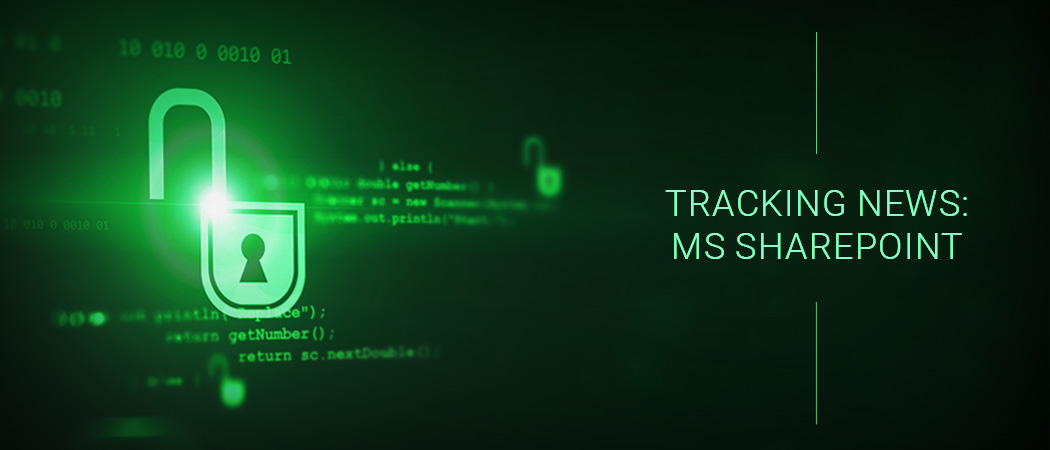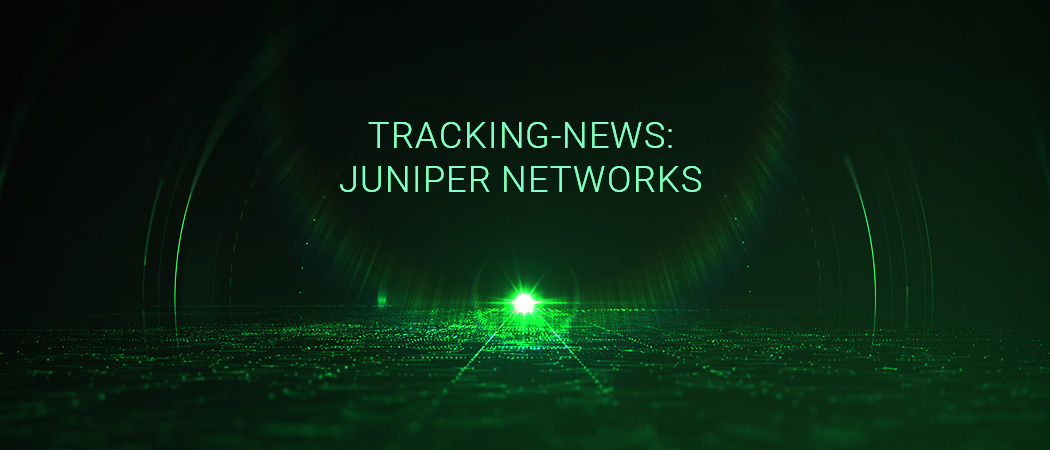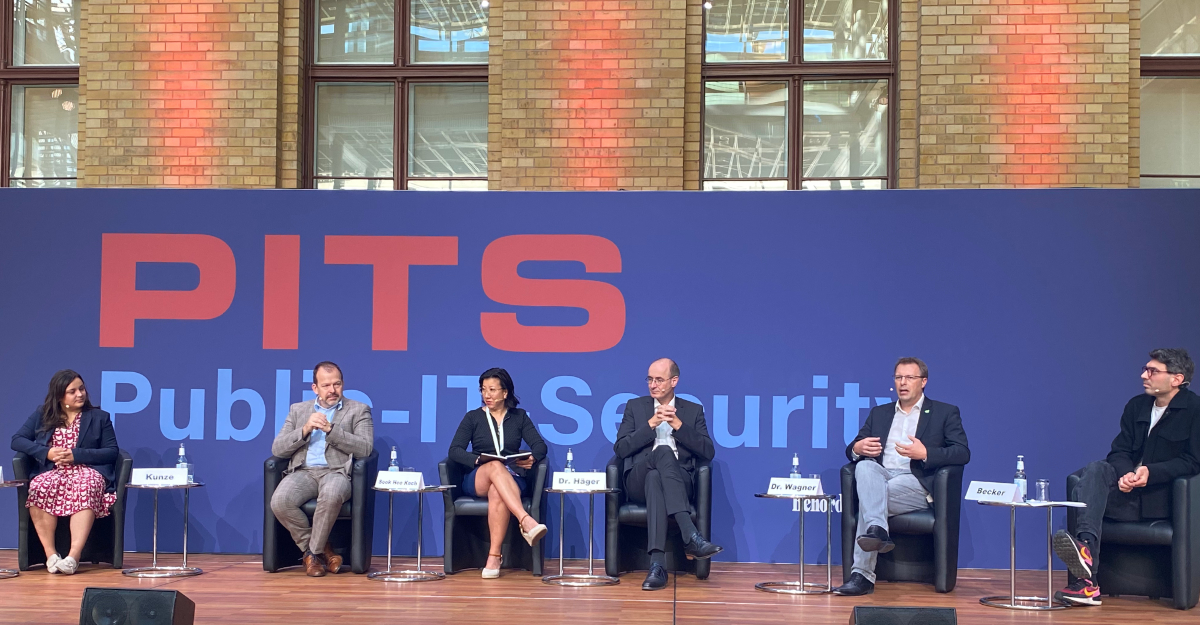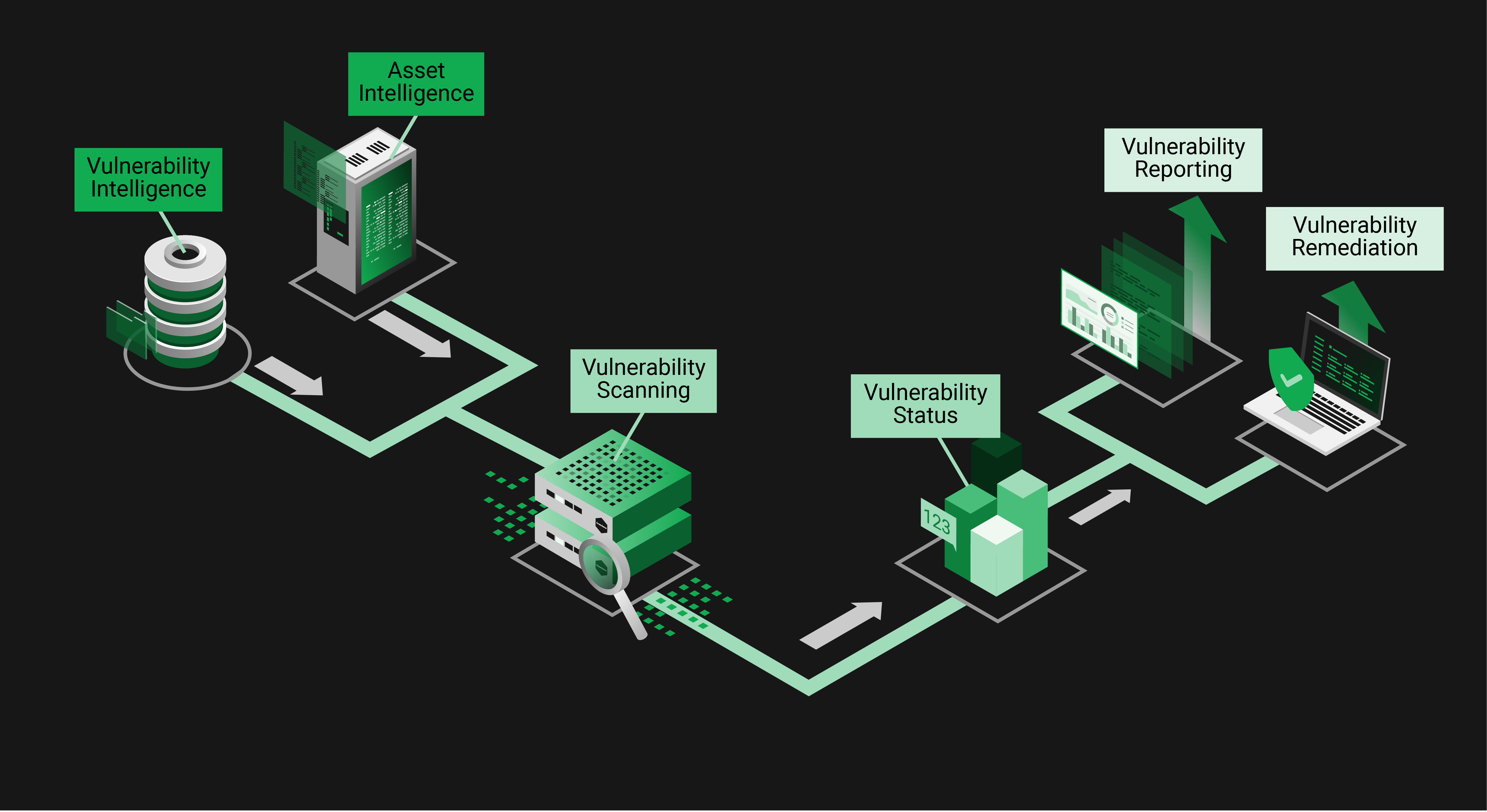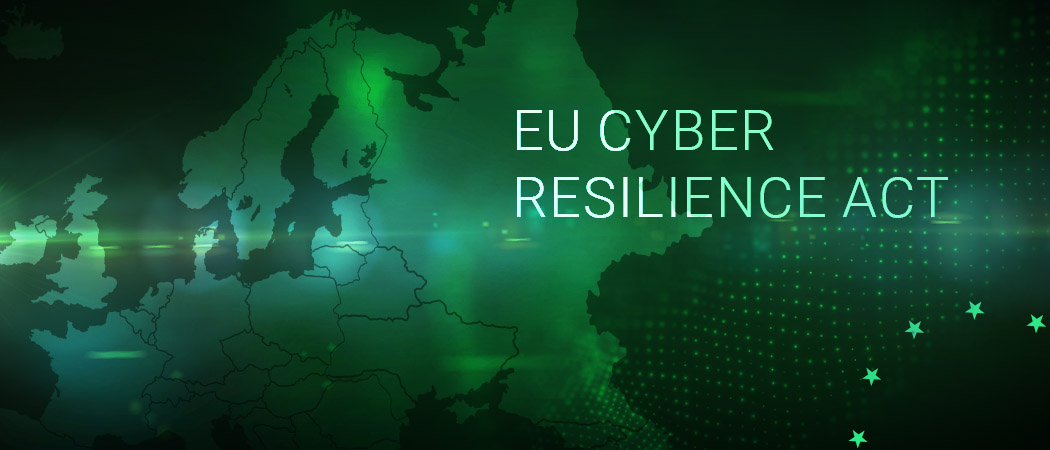After experts noticed a rapid increase in cyberattacks on local authorities and government agencies in 2023, the horror stories don’t stop in 2024. The pressure to act is enormous, as the EU’s NIS2 Directive will come into force in October and makes risk and vulnerability management mandatory.

“The threat level is higher than ever,” said Claudia Plattner, President of the German Federal Office for Information Security (BSI), at Bitkom in early March. The question is not whether an attack will be successful, but only when. The BSI’s annual reports, for example the most recent report from 2023, also speak volumes in this regard. However, according to Plattner, it is striking how often local authorities, hospitals and other public institutions are at the centre of attacks. There is “not a problem with measures but with implementation in companies and authorities”, said Plattner. One thing is clear: vulnerability management such as Greenbone’s can provide protection and help to avoid the worst.
US authorities infiltrated by Chinese hackers
In view of the numerous serious security incidents, vulnerability management is becoming more important every year. Almost 70 new security vulnerabilities have been added every day in recent months. Some of them opened the door to attackers deep inside US authorities, as reported in the Greenbone Enterprise Blog:
According to the media, US authorities have been infiltrated by Chinese hacker groups such as the probably state-sponsored “Volt Typhoon” for years via serious security gaps. The fact that Volt Typhoon and similar groups are a major problem was even confirmed by Microsoft itself in a blog back in May 2023. But that’s not all: German media reported that Volt Typhoon is taking advantage of the abundant vulnerabilities in VPN gateways and routers from FortiNet, Ivanti, Netgear, Citrix and Cisco. These are currently considered to be particularly vulnerable.
The fact that the quasi-monopolist in Office, groupware, operating systems and various cloud services also had to admit in 2023 that it had the master key for large parts of its Microsoft cloud let stolen destroyed trust in the Redmond software manufacturer in many places. Anyone who has this key doesn’t need a backdoor for Microsoft systems any longer. Chinese hackers are also suspected in this case.
Software manufacturers and suppliers
The supply chain for software manufacturers has been under particular scrutiny by manufacturers and users not only since log4j or the European Cyber Resilience Act. The recent example of the attack on the XZ compression algorithm in Linux also shows the vulnerability of manufacturers. In the case of the “#xzbackdoor”, a combination of pure coincidence and the activities of Andres Freund, a German developer of open source software for Microsoft with a strong focus on performance, prevented the worst from happening.
An abyss opened up here: It was only thanks to open source development and a joint effort by the community that it came to light that actors had been using changing fake names with various accounts for years with a high level of criminal energy and with methods that would otherwise be more likely to be used by secret services. With little or no user history, they used sophisticated social scams, exploited the notorious overload of operators and gained the trust of freelance developers. This enabled them to introduce malicious code into software almost unnoticed. In the end, it was only thanks to Freund’s interest in performance that the attack was discovered and the attempt to insert a backdoor into a tool failed.
US officials also see authorities and institutions as being particularly threatened in this case, even if the attack appears to be rather untargeted and designed for mass use. The issue is complex and far from over, let alone fully understood. One thing is certain: the usernames of the accounts used by the attackers were deliberately falsified. We will continue to report on this in the Greenbone blog.
European legislators react
Vulnerability management cannot prevent such attacks, but it provides indispensable services by proactively warning and alerting administrators as soon as such an attack becomes known – usually before an attacker has been able to compromise systems. In view of all the difficulties and dramatic incidents, it is not surprising that legislators have also recognised the magnitude of the problem and are declaring vulnerability management to be standard and best practice in more and more scenarios.
Laws and regulations such as the EU’s new NIS2 directive make the use of vulnerability management mandatory, including in the software supply chain. Even if NIS2 only actually applies to around 180,000 organisations and companies in the critical infrastructure (KRITIS) or “particularly important” or “significant” companies in Europe, the regulations are fundamentally sensible – and will be mandatory from October. The EU Commission emphasises that “operators of essential services” must “take appropriate security measures and inform the competent national authorities of serious incidents”. Important providers of digital services such as search engines, cloud computing services and online marketplaces must fulfil the security and notification requirements of the directive.”
Mandatory from October: A “minimum set of cyber security measures”
The “Directive on measures for a high common level of cybersecurity across the Union (NIS2)” forces companies in the European Union to “implement a benchmark of minimum cybersecurity measures”, including risk management, training, policies and procedures, also and especially in cooperation with software suppliers. In Germany, the federal states are to define the exact implementation of the NIS2 regulations.
Do you have any questions about NIS2, the Cyber Resilience Act (CRA), vulnerability management in general or the security incidents described? Write to us! We look forward to working with you to find the right compliance solution and give your IT infrastructure the protection it needs in the face of today’s serious attacks.
To make our ecological progress even more sustainable, we keep up to date with regular internal training courses on energy efficiency. In this way, we are helping to make the world even “greener” outside of Greenbone.


